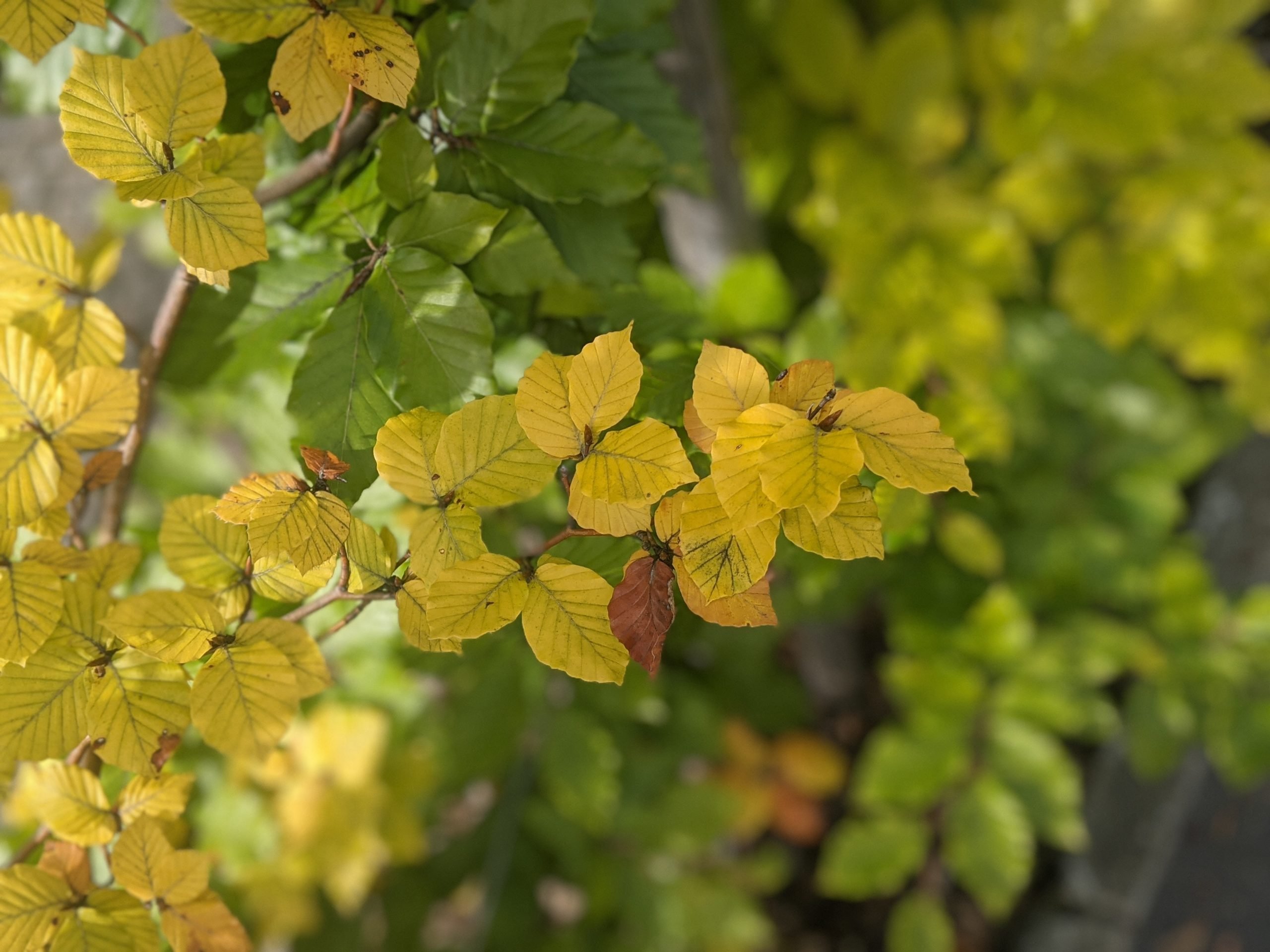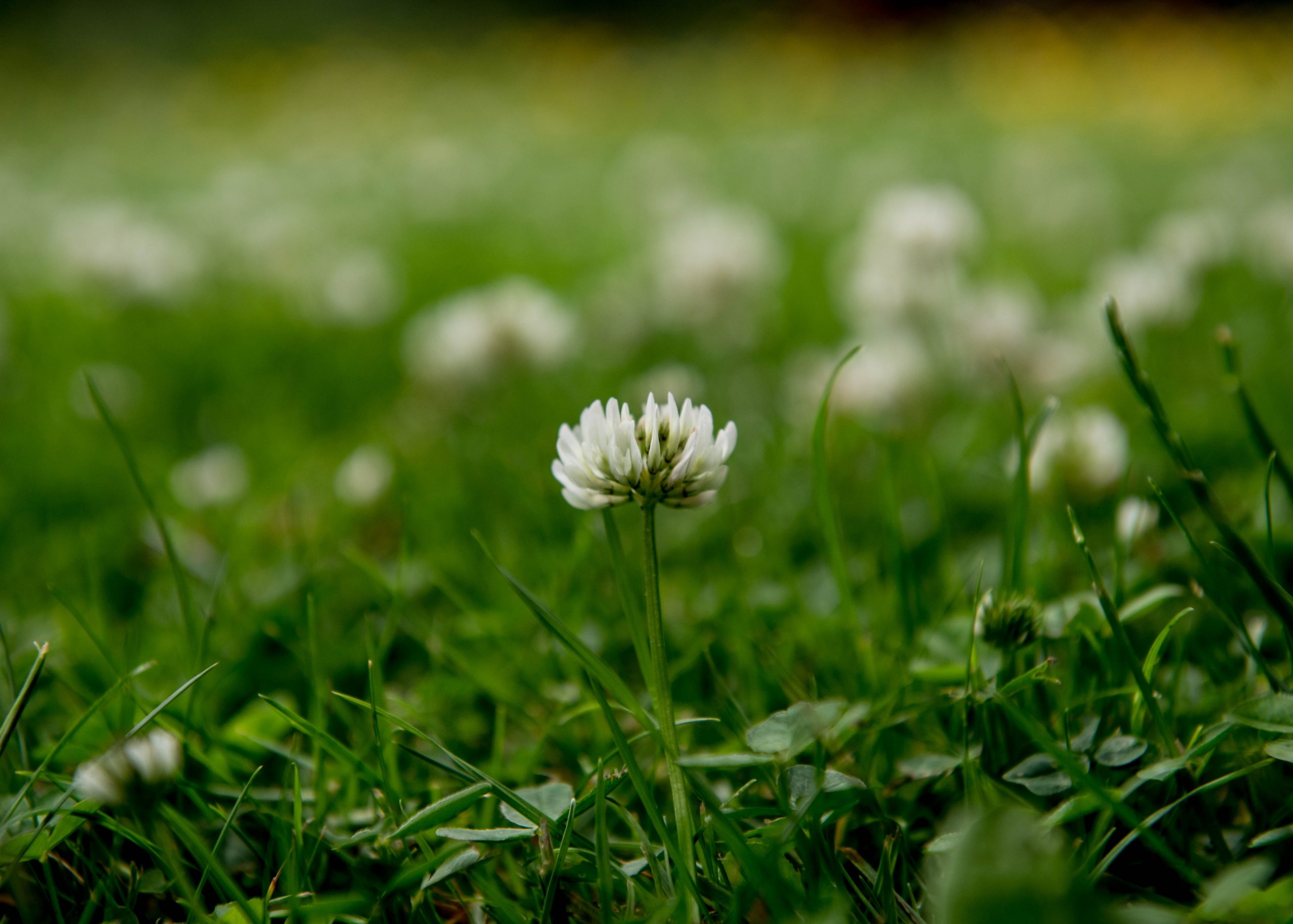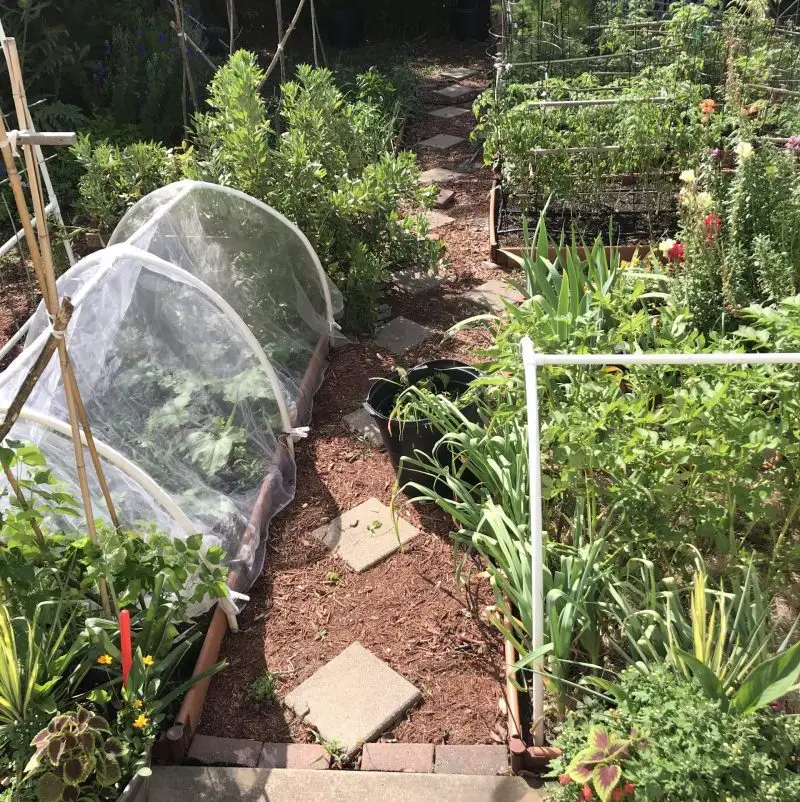Before reading the review, I would like to disclaim that I get no commission from this product. Gorton’s representative got in touch with me to try their product. In return, I write an unbiased review to share with you.
What are Gorton’s Solutions?
Gorton’s solution is a natural soil amendment. It helps plants absorb the needed nutrients more efficiently from the soil. The company does not disclose the “secret recipe” of the product, but some mention they contain Humic and Fulvic acids.
Gorton’s Solution is a liquid plant growth enhancer that amends soil while maximizing the health and growth of plants. It is not a fertilizer, yet it helps plants use fertilizer products more efficiently.
Gorton’s site
If you want to learn more about the company and the product, you may visit their site http://www.gortonsolution.com/.
The difference between fertilizer and a soil amendment?
A fertilizer is a product that adds nutritional elements to the soil. Plants need macronutrients as well as micronutrients to be able to grow properly. The three numbers found on every fertilizer bag/ container represent Nitrogen, Potassium, and Phosphorus (N-P-K). These are the main macronutrients that allow plant cells to function well.
On the other hand, an amendment is a product that improves the physical characteristics of the soil. For example, adding compost improves drainage on clay soil and water retention on sandy soil.
In a nutshell, a fertilizer improves soil chemically (nutrients) while an amendment improves soil physically (texture, color, structure).
Organic vs. natural products
An organic product contains elements that eventually decompose in nature. On the other hand, a natural product includes materials found in nature but does not contain carbon-containing compounds, such as salts and minerals.
Gorton’s Solution with Humic and Fulvic Acids
When Gorton’s solution came to my hand, it raised my curiosity about the humic and fulvic acids added. I had to look them up and understand their involvement with plant life.
The product I used contained humic and fulvic acids, but not all Gorton’s solutions products contain these two elements.
What are humic and fulvic acids?
Humic and fulvic acids are the utmost byproducts of the decomposition of organic matter. During the composting process, organic material breaks down with the help of living organisms. At the same time, non-living material goes through degradation due to weathering.
The particles resulting from both phenomena mix, forming Hummus. The breakdown continues to reach the final form of stable molecules that won’t go through further decay. These molecules make Humic Acid, Humin Acid, and Fulvic Acid.
These acids are different from one area to another, depending on the organic material they derive from. For example, acids resulting from the decomposition of vegetative decay is not the same as the one coming from animal remains.
How do the acids help the plant?
Humic acid and fulvic acid are similar and are found together in a product most of the time. The main difference is that the humic acid molecule is much larger than fulvic acid’s.
The molecules have a negative charge, allowing them to attract positive particles in the soil, such as Iron, Magnesium, zinc, etc. Plant roots also carry a negative charge but at a much more powerful level. So when the mineral-carrying acids come around, the roots pull them and get to absorb the micronutrients they hold.
What problems does Gorton’s solution tackle?
According to their website, Gorton’s company claims a list of benefits to the plants.
Benefits of Humic and Fulvic Acids
- Since they are the derivatives of organic material decomposition, they carry some nutrients but not at a level that would make them a fertilizer.
- They are chelators of nutrients. In other words, they hold on to nutrients and carry them, making them available to the plant.
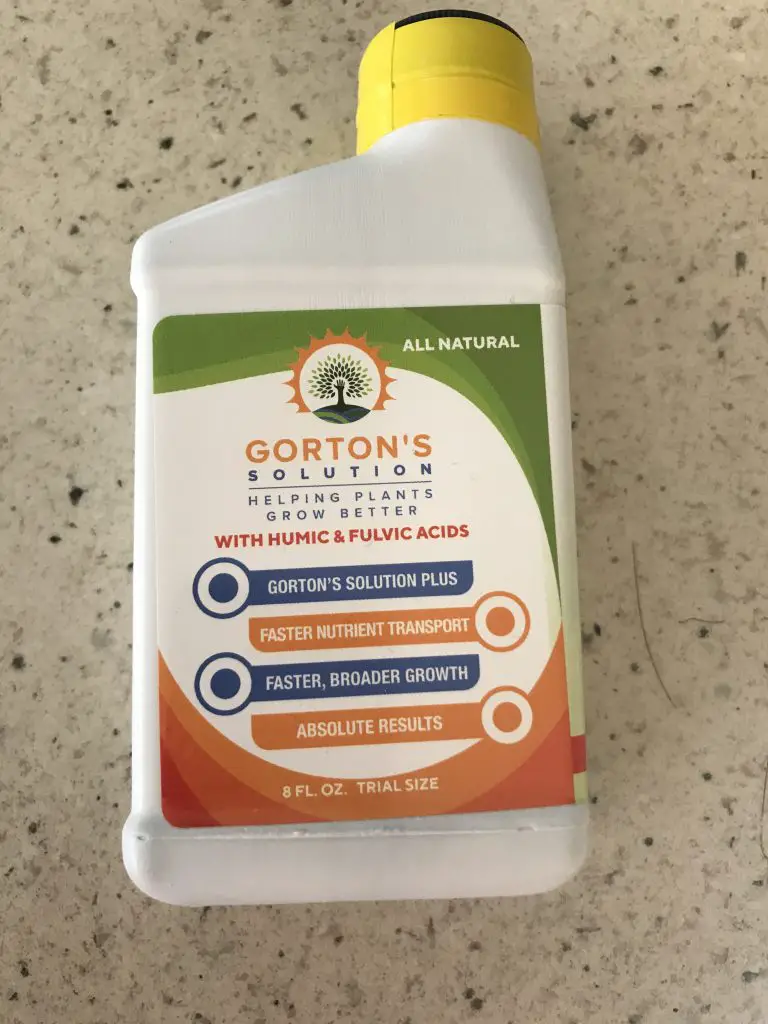
Does Gorton’s solution work?
A real-time trial in a home garden
I had the chance to try this product for five weeks. But, first, I tried different plants in my garden.
- six sweet pepper plants (established)
- Four newly planted tomatoes
- Three established tomatoes
- A Rosebush
Weather conditions during the trial
- The first week was scorching and dry, and the plants showed signs of stress.
- We got some heavy rain by the end of the second week, which brought some relief.
- In the third week, the heat was back with a vengeance.
- We had some unexpected cool nights in the fourth week, followed by rain.
Result Table
| Initial State | Week1 | Week 2 | Week 3 | Week 4 | |
| Established peppers | Lots of leaf deformity Aphid Infestation | No change | New growth is starting to appear | Apparent growth with nice-looking leaves | Much better-looking leaves and fewer aphids |
| New tomato plants | Deformed/ burnt leaves (due to extreme heat) | No change | No Change | Some growth | Sudden growth with healthy-looking leaves. |
| Established tomato plants | Deep dark green color with slower growth. | No change | Some growth | Good growth and healthy-looking leaves | Sudden growth with vibrant green color |
| Rosebush | Lack of vibrancy and fullness. | No change | some new growth | A lot of new buds | Looking much better |
To make the trial more accurate, I did have control plants to have a better comparison. All plants were under the same soil, water, and weather conditions. The control plants were pepper and tomato plants. Planted in the same area as the trial plants.
The pepper comparison
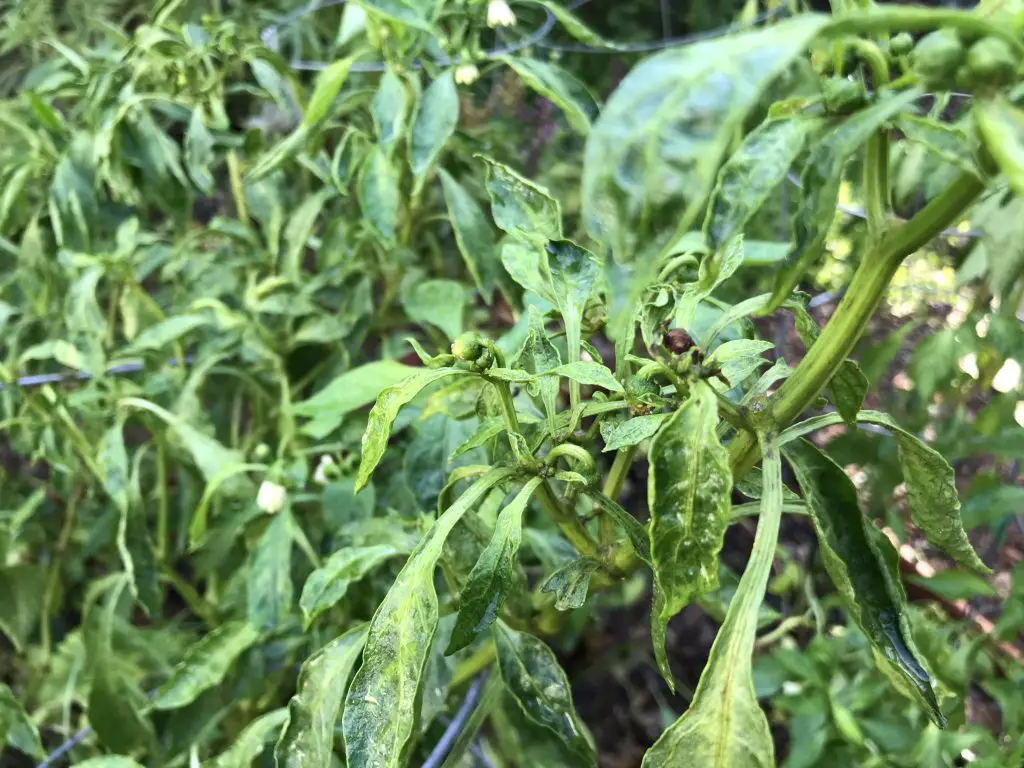

The pictures above show the control pepper plant at week one (on the left) and then at week four (on the right). There is some new growth, but it does not look healthy. There is also some improvement in color compared to the peppers treated with Gorton’s below.
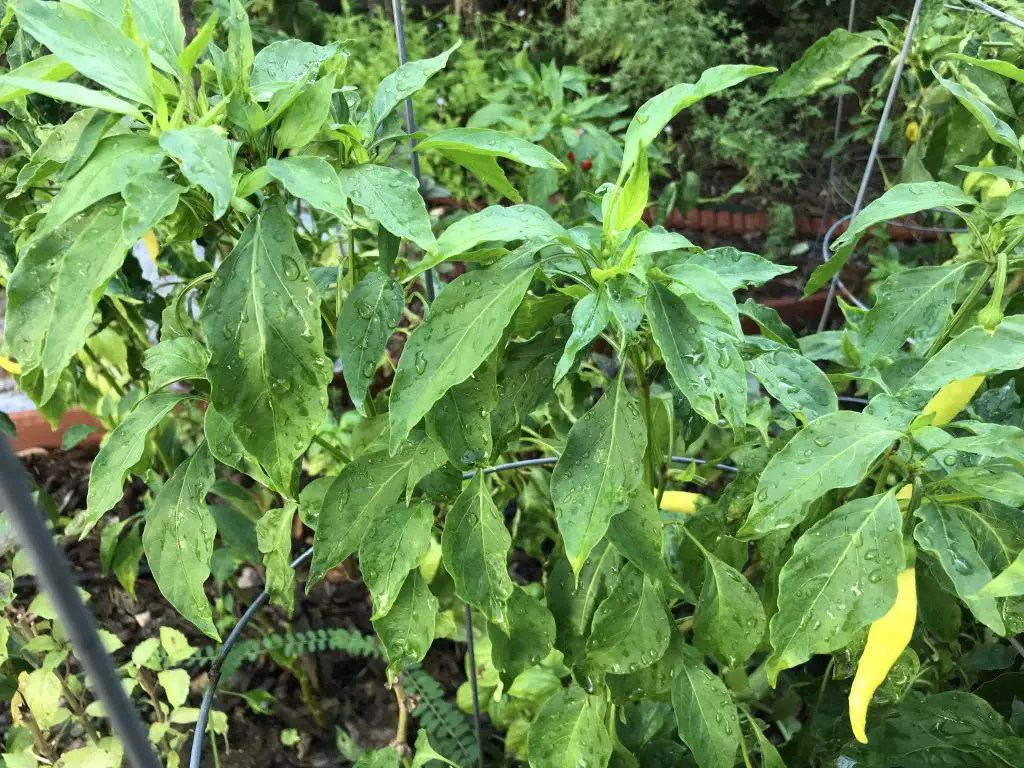

Tomato transplant comparison
The tomatoes were the most affected by the harsh weather, and here are my two experiences:
Established tomatoes:
In early April, these tomatoes were in the ground and did well till the heat kicked in. Then, I cut them back to promote new growth.
Newly planted tomatoes:
These tomatoes showed signs of stress in the form of wrinkled new leaves. Unfortunately, I lost most of them at the beginning of the trial.
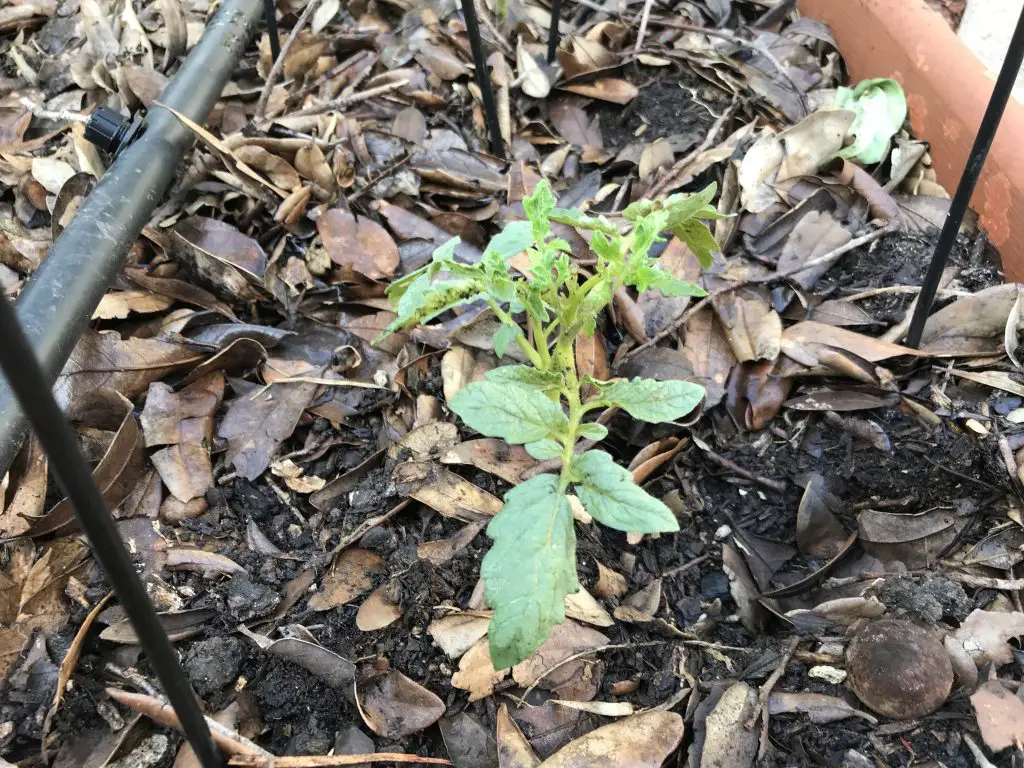

The pictures above show the control tomato plant at week one (left) and then at week four (right). We can notice some new growth, but the leaves are still deformed.
The below pictures show Gorton’s trial tomato plant. The first week’s plant was struggling, and I even thought I would lose it. However, it made it through the last month of brutal heat. Finally, in the fourth week, a lot of new growth appeared on the little plant.
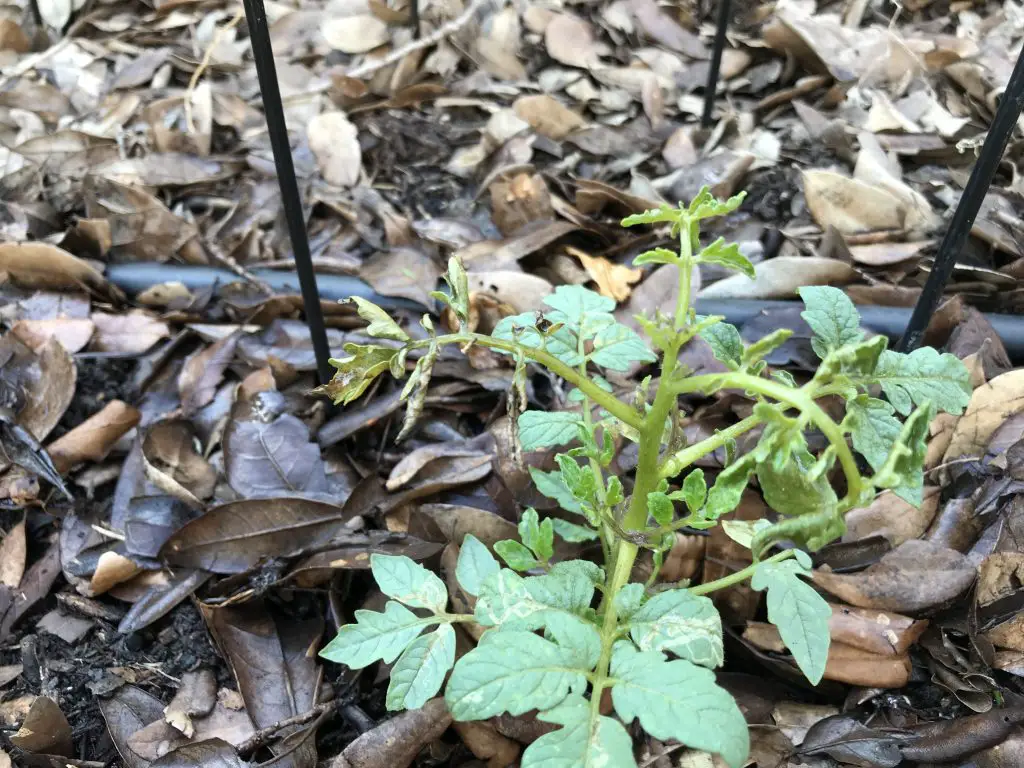

Established tomato plant comparison
When I started the trial, I had already cut back my spring-planted tomatoes to give them some rest during the hot summer. The plants are supposed to come back and produce before our first freeze in the fall.
This year, as I mentioned before, has been exceptionally hot. The plants got a beating, and I lost many of them. They were, also had a lot of spider mite damage. These pests would not give up.
I started using Gorton’s solution in the remaining plants. Check the pictures below to see for yourself.
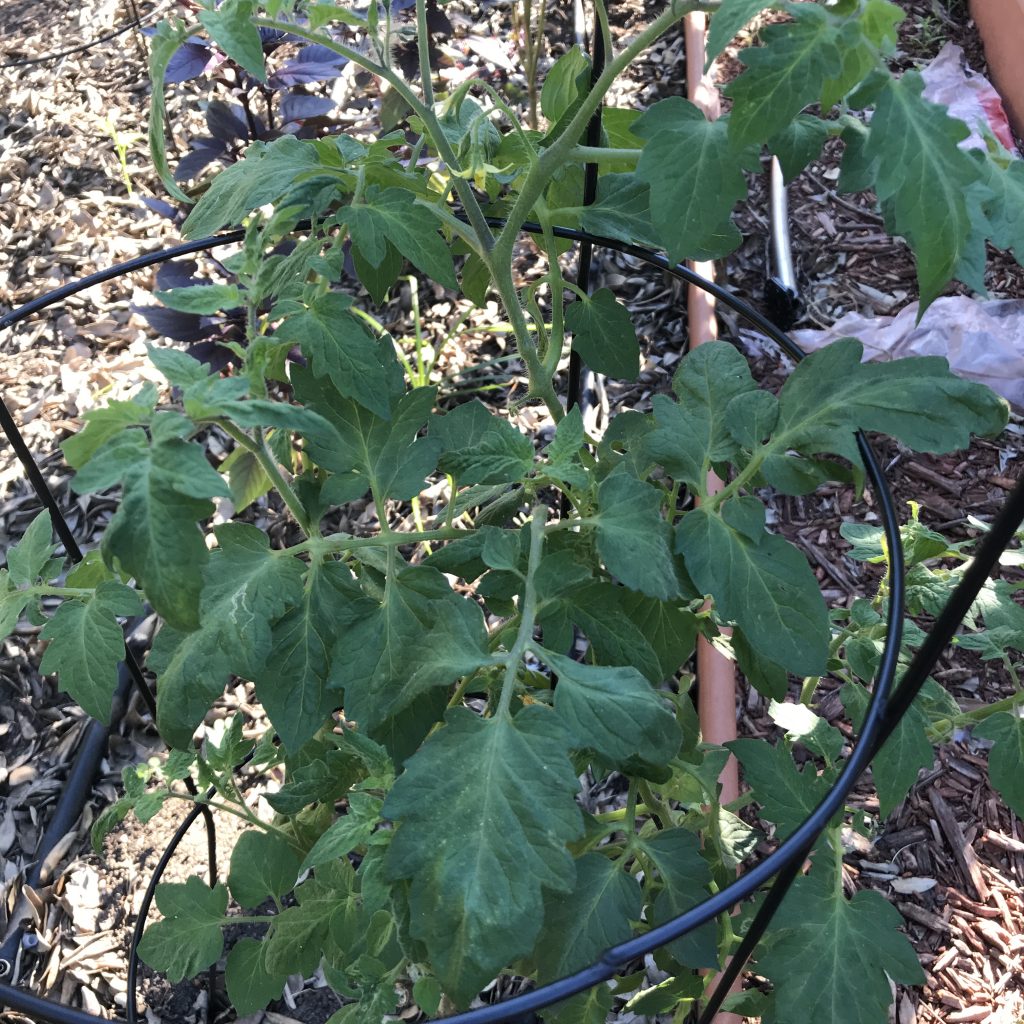
The plant looks so healthy and beautiful. The leaves are thick and healthy and don’t have any spider mite damage, which usually appears as soon as the leaf unfolds.
Note
Gorton’s solution is not a pest control product, but the healthier the plant, the stronger it is to defend itself against pests.
Effects on a rosebush
I have not been lucky with my roses. I keep losing them to drought or whatever it is killing them. The rose bush I planted two years ago blooms from time to time but is never vigorous. So I decided to try Gorton’s solution on it and see what happens.
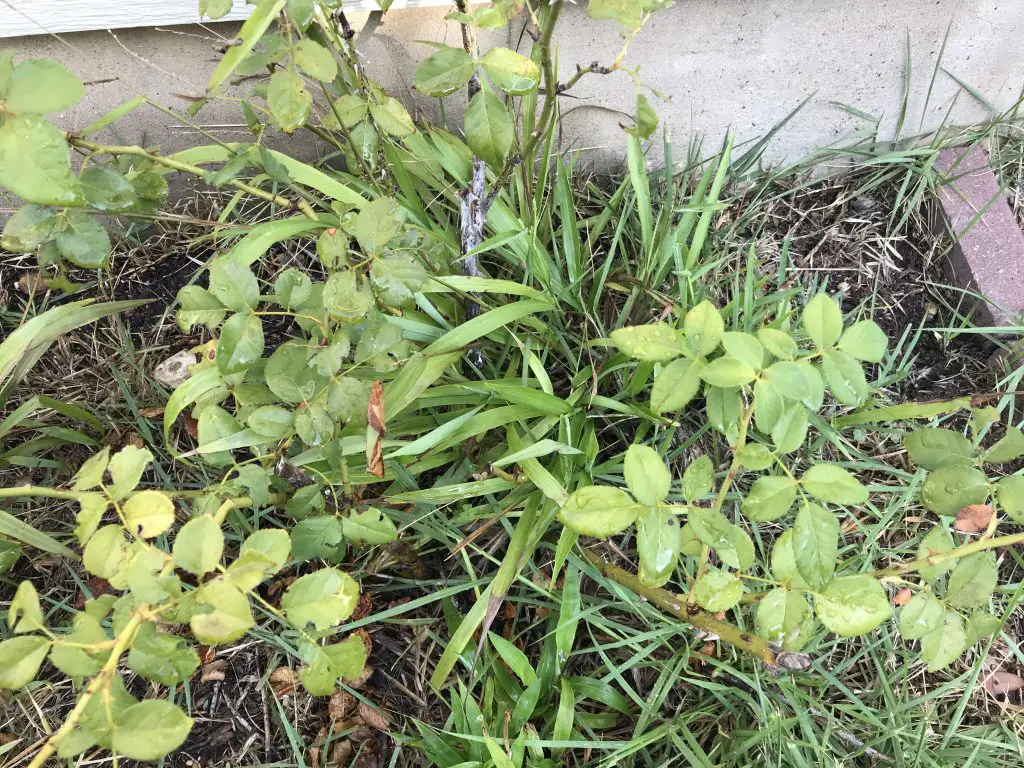

The results are pretty evident on the rosebush. The color is much more vibrant after the weekly application of Gorton’s solution. I am happy with it and looking forward to more blooms.
Who should use Gorton’s solution?
The great thing about Gorton’s product is that it is available to everyone. So If you are a home gardener, a landscaper, or even a commercial grower, this product is for you to try and use.
In my opinion, it is an excellent product for new gardens. Garden soil builds itself through the years of cultivation. Store-bought soil, most likely, needs more enrichment. Gorton’s solution may be the right choice to awaken the life within it.
Is Gorton’s solution cost-effective?
The short answer is “yes” and “no.”
The dilution ratio, one teaspoon per gallon of water, makes the solution go a long way. However, following instructions of applying twice a week may be costly. The company recommends using it regularly, alone or along with your favorite fertilizer. But If it were a short-term treatment for your plant problem, it would make it worthwhile.
As a home gardener, I am trying to cut my costs as much as possible. The trial size of 8 oz covered only a few of my plants in four weeks period. I followed the instructions and applied it weekly, while I usually fertilize my veggies biweekly. I assume maybe using a 32 oz container with a hose-end sprayer, which they recommend, may be more cost-effective.
Overall
In conclusion, Gorton’s solution is worth trying, especially if you are a beginner gardener and your soil doesn’t seem to have much life. It will improve it and bring back life to it.

